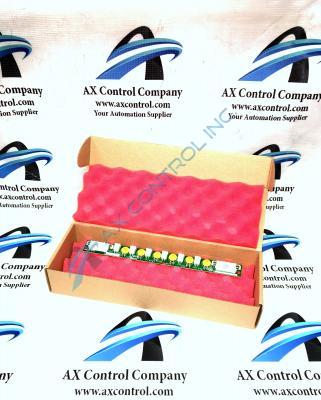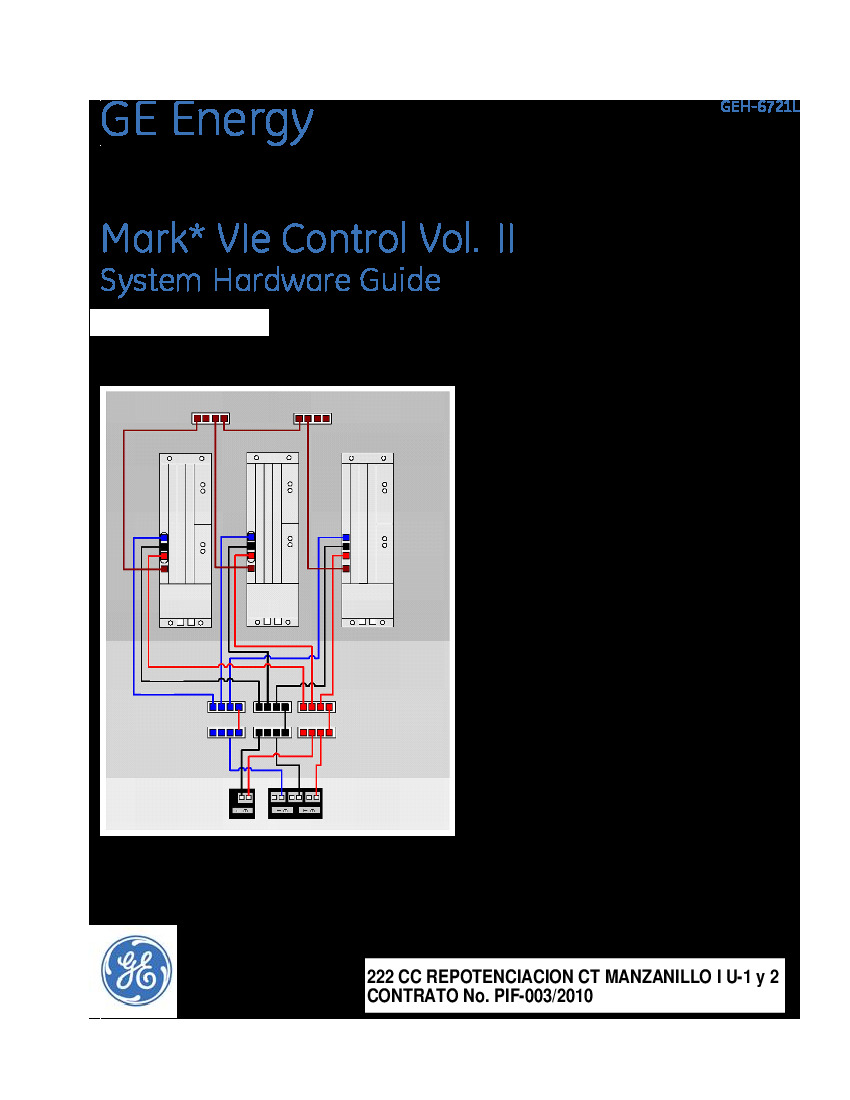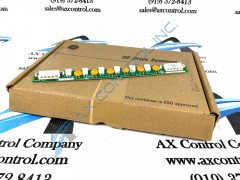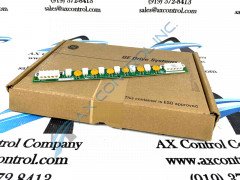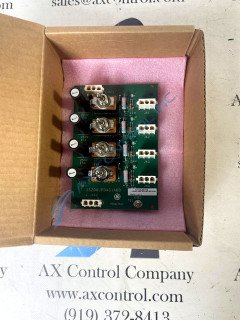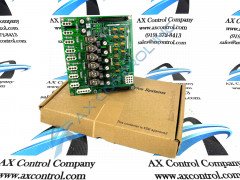About the IS200JPDLG1AAC
This IS200JPDLG1AAC printed circuit board product offering from General Electric was manufactured for the specific functional Mark VI Turbine Control System Series role of a Power Distribution Card, as was hinted at in the brief paragraph above. The Mark VI Series that this IS200JPDLG1AAC Power Distribution Card belongs to, as it is known in short, specifically pertains to a set of possible functional applications in the control and management systems of General Electric-compatible gas, steam, and wind turbine automated drive assemblies. This represents quite the significant functional series-wide upgrade upon the past-developed Mark V Turbine Control System Series of essentially the same full extended series name, as the Mark V Series exists with a more restricted set of applications in gas and steam turbine-geared settings alone. This IS200JPDLG1AAC Power Distribution Card device's Mark VI Series is additionally lauded on its greater automated industrial marketplace for its status as one of the last-developed GE Mark product series to incorporate the patented Speedtronic control system technology into a number of its different offerings.
Hardware Tips and Specifications
The IS200JPDLG1AAC board is a Local Pack Power Distribution board, commonly known as the "Skinny" board, designed and manufactured by General Electric for the Mark VI system. It plays a crucial role in facilitating efficient DC power distribution between the source power board (typically JPDS or JPDP) and the I/O packs. The board's technical specifications and features are as follows:
- Power Output Connectors: The IS200JPDLG1AAC board is equipped with two control power I/O pack power output connectors for each of the R, S, and T power sources.
- Daisy-Chain Capability: When multiple IS200JPDLG1AAC boards are connected in series with other JPDL boards, they can efficiently supply power to a vertical column of terminal boards and their associated I/O packs. This daisy-chain arrangement streamlines power distribution and ensures effective utilization of the board's capabilities.
- Self-Resetting Fuse Protection: To safeguard the system from potential electrical issues, each output on the IS200JPDLG1AAC board is fitted with a self-resetting fuse. This fuse is designed to coordinate with the appropriate wire size that the pack connectors can accommodate, offering an added layer of protection against overloads and faults.
- Input/Output Connectors: The board features a total of eight input/output connectors. Six varistors are positioned alternately along the length of the board, contributing to enhanced voltage regulation and transient protection.
- Mate-N-Lock Connectors: On either end of the board, there are two 5-pin Mate-N-Lock connectors. JL1 serves as an input connector, while JL2 functions as an output connector.
- Additional Connectors: The remaining connectors are labeled JR1, JR2, JS1, JS2, JT1, and JT2. Each of these connectors utilizes 2-pin configuration and is equipped with Polyfuse protection, capable of handling currents of up to 2 amps.
Each individual output in the normal Mark VI Series assembly of this IS200JPDLG1AAC Power Distribution Card product should be accompanied by their own voltage-limiting fuse, as once again was dictated in the IS200JPDLG1AAC Power Distribution Card instructional manual inserted above in our manuals tab for the sake of your covenient research. These are a self-recovering style of fuse known well to the greater Mark VI Series. This IS200JPDLG1AAC Power Distribution Card product is actually not even considered the originally-developed device of its specific Mark VI Turbine Control System Series intended functional product role, as that would have to be deemed the IS200JPDLG1 parent Power Distribution Card notably not making use of this IS200JPDLG1AAC Power Distribution Card device's unique three-fold revision history. This IS200JPDLG1AAC Power Distribution Card product is edited from its base performance specifications through its attachment of two functional product revisions and a sole artwork configuration revision rated at grades of A, A, and C, respectively.


